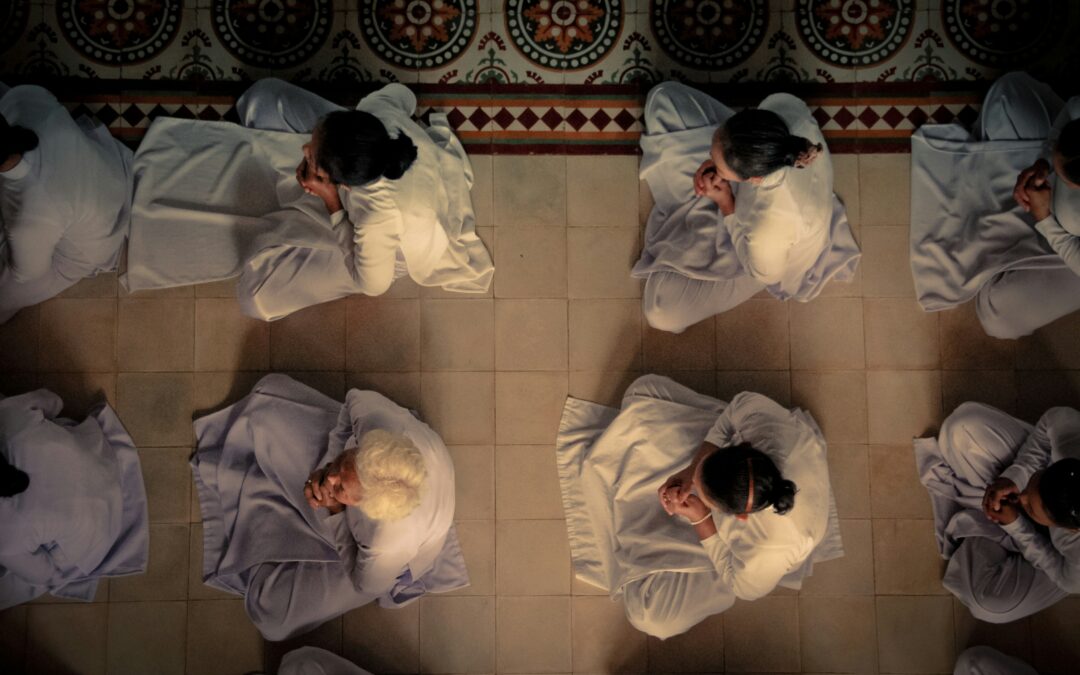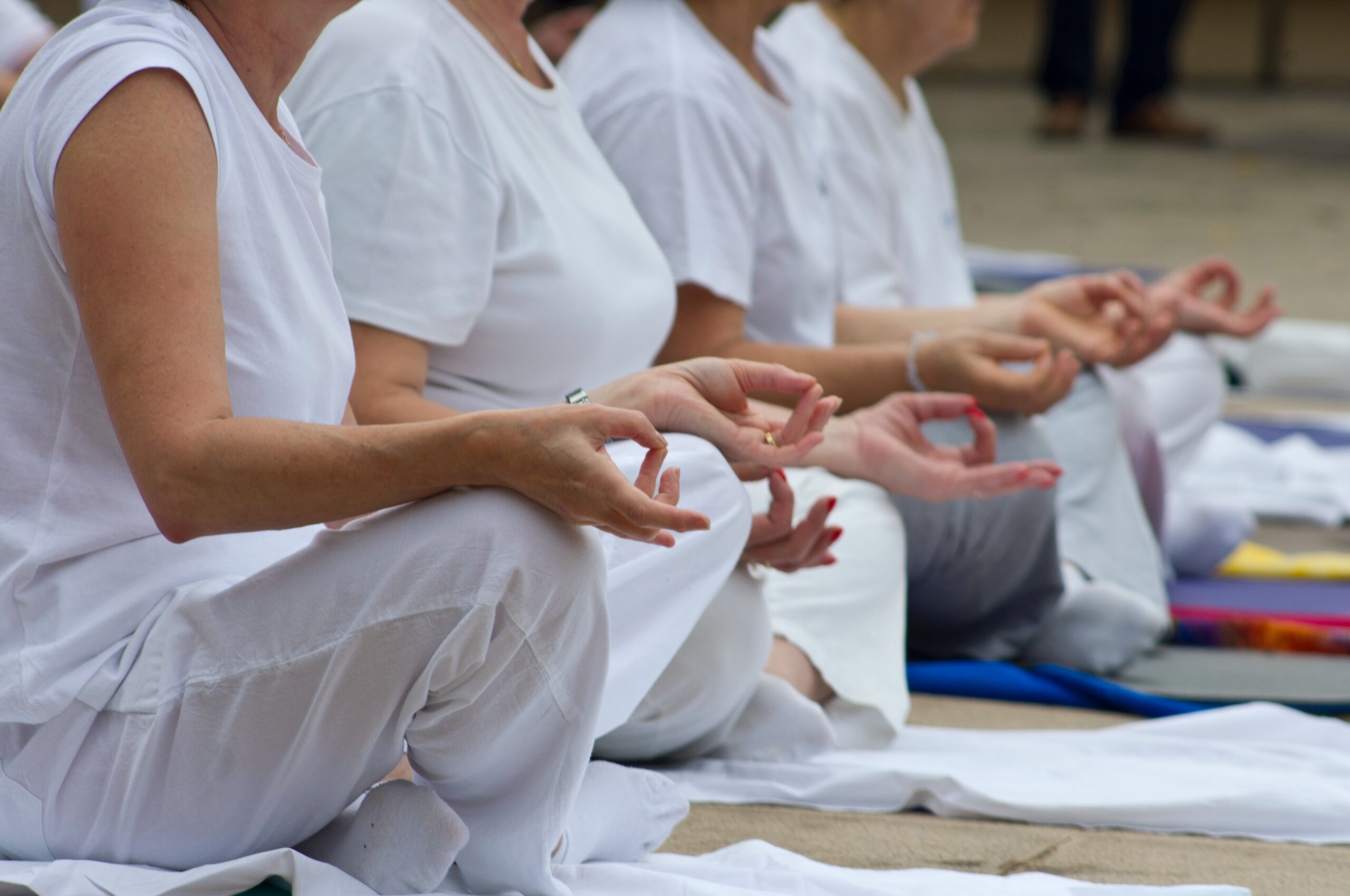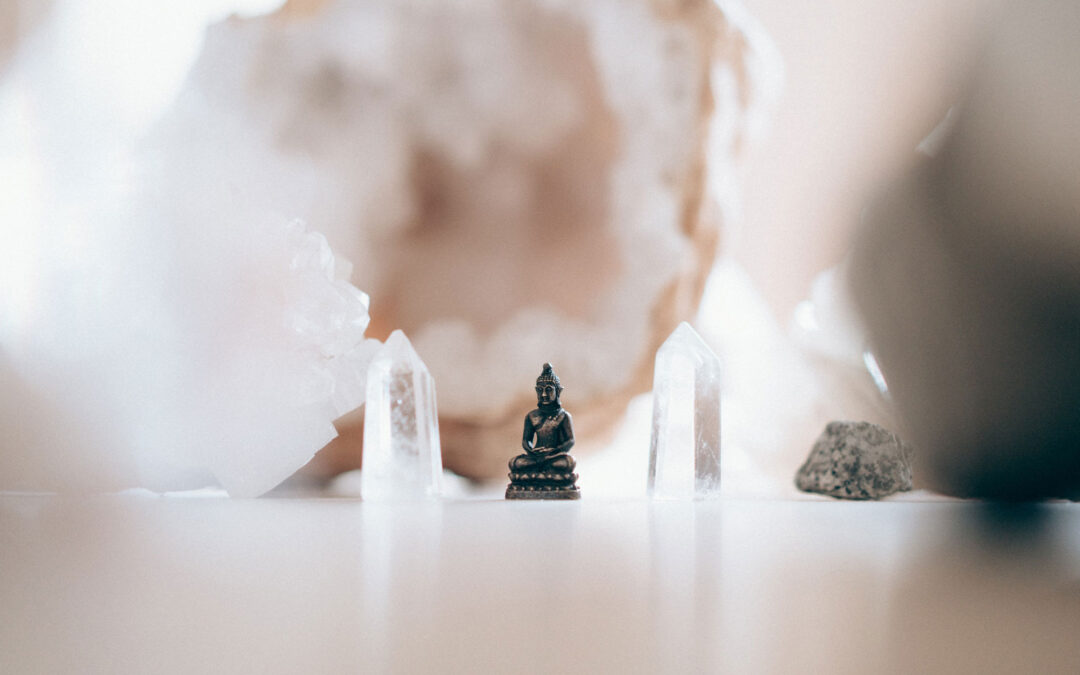The yoga that gave me my life back – Part 2
With mental health becoming a crisis in and of itself, it is important to me as a wellness and mindfulness professional to offer resources at an affordable cost. The infrastructure for diagnosing, treating and regulating symptoms of mental health can be limiting, oftentimes because those affected do not realize the severity of what they’re experiencing. In an effort to support people who are struggling, I’ve launched a pay-what-you-want series of classes in order for people to explore applications that are free of side effects, unlike prescription drugs.
From age 19 to 37 I suffered from depression. It was a pervasive affliction that affected every area of my life, my relationships with others, and with myself. For the full backstory, check out PART 1of this blog post. I’m here, as a ‘survivor,’ to tell you that simply coping by trying to intellectualize your way out of mental health symptoms, is not effective. I’m also here to tell you that numbing mechanisms like self-medicating with drugs and alcohol, avoidant behavior and same-same daily habits is as the adage says, “Insanity : doing the same thing over and over and expecting different results.”
Herein is a deep dive into some of the lesser-understood applications that are proven to be effective in minimizing depression. Kundalini yoga is a prescriptive yoga that is highly effective for mental health, and it might just be part of your solution too.
Kundalini Yoga teaches methods for circulating and transmuting energy
Because kundalini classes in the West do not shy away from incorporating mudras, mantra, breath, bandhas (energy locks), and meditation along with asana, practitioners of the practice are exposed to the deeper biological changes and as a result, great shifts also happen in one’s physical, mental and emotional state.
One of the most effective yogic applications for depression could very easily be overlooked and that’s the practice of chanting mantra. The ancient science of Naad is the study of the elemental sounds of languages throughout history. This science explains the activations that happen as a result of using language to move the tongue inside the mouth, which creates contact with the meridian points on the palate. There are 84 points in total, 20 are located on the soft palate and the other 64 are located in two rows behind each upper tooth (with 4 points per tooth). Activation of these points act just like a computer keyboard but instead of typing out a particular letter, like on a keyboard, the repetitive patterns of sacred sound current stimulate the meridians and create a change in brain chemistry that adjusts the functions of the practitioner’s metabolism and endocrine system to create a neutral, balanced mind and stronger immune function. Initially when a person begins chanting a mantra, they do it in a conscious way but if the mantra is chanted with a proper rhythm and projection for long enough, the central nervous system itself begins to vibrate and one begins to simply listen. The state where this happens is called anahat – it is when the mantra is harmonized with the infinite and the vibration of the self is synchronized beyond anything that could be created by the ego or a person’s finite self. One might call this state, bliss.
Kundalini yoga also incorporates organically and wildly shaking the body for extended periods of time, something also made popular in the 70’s by the Indian mystic, guru, and spiritual teacher Osho in his meditations. Organic trembling and body quivering relaxes muscle tension, burns off excess adrenaline and supports the nervous system by returning it to a neutral state which effectively manages stress levels. In more recent years, this somatic type of therapy has been called therapeutic or neurogenic tremoring in the world of psychology and is referenced in popular books like Waking the Tiger: Healing Trauma by Peter Levine.
For devout students, Ishnnan (better known as cold water therapy), is another tool that has been shown to reduce symptoms of depression. Although many of us in the last decade have largely come to associate cold water therapy with the Wim Hof Method, the practice of Ishnaan dates back hundreds of years. Though not recommended for everyone (it should not be practiced by people who have had strokes, experience migraines, or have high blood pressure, heart disease, rheumatoid arthritis, or epilepsy. Women are also recommended to avoid Ishnaan during menstruation and pregnancy), cold water therapy stimulates circulation and flushes the capillaries, builds nervous system endurance, increases the flow of lymphatic fluids, triggers immunity, reduces inflammation and treats depression.
Personal accountability is a key part of the equation
After about a year and a half of practicing kundalini yoga, I decided to do the Level 1 teacher training and that’s when my life really changed. I had become so good at numbing out, I’d become apathetic and I was beginning to see that I was the source of my own problem and I was ready to take responsibility and make different choices.
My teacher training was set up for working professionals so it was one weekend a month for 8 months. The first 6 were hell. So much was coming to the surface and for the first time in my adult life, I was allowing myself to fully feel it without trying to push it away. I realized years later that without knowing it was a tactic, I was practicing a Pattern Interrupt. Every time I felt strong emotions, albeit sadness, anger, fear, resentment, shame …etc. instead of smoking weed, I grabbed my yoga mat and did a kundalini kriya, pranayama or a meditation – many of which incorporated mantra. Each time, I was substituting a previously unfavorable, avoidant action for a present, conscious and favorable practice, and not only that I was reprogramming and shifting my brain chemistry.
Daily, early morning practice is emphasized and offered in a group setting for free at any kundalini studio and it was part of my training. Committing to 40 day meditations are also highly encouraged and it was required as part of my training. The act of a daily discipline is called sadhana, which is certainly not exclusive to kundalini, however prior to becoming part of the kundalini community, I’d never heard of it. It was acknowledged that committing to something daily is difficult at first but that just making the commitment to prioritize your wellbeing has the great promise to be transformational. There’s a famous quote that sums it up well, “First you create a habit and then the habit creates you.”
My first 40 day meditation was given to me by one of my teacher trainers who looked piercingly into my eyes and prescribed me 31 minutes of Ganpati Kriya Meditation which is said to “redeem all negativity of the past and present, smooth out your day-to-day problems, and create a positive tomorrow. It can change your luck and allow prosperity to flow. It allows you to let go of attachments to the mind and to the impact of past actions, so you can create and live a fulfilled life.” The first two days I did it, at the very end as I was closing out the meditation with a powerful exhale, the electricity in my apartment went out and I blew the fuse. It was clear I was carrying a ton of baggage.
Around completing my 40 day commitment of Ganpati Kriya and before the end of my teacher training, my depression was gone. Eradicated…like one night it just got up and walked out of my life and never came back. 2023 marks 10 years free of depression and I’ve never looked back.
From misconception to liberation
In 2013, I didn’t understand why my depression began or how or why it cleared…frankly I was just grateful to be liberated from the emotional suffering.
After recovering from depression and sustaining a life of joy, I have come to determine that ultimately depression is the feeling of being disconnected from our own soul (often made to feel real because of our lifestyle choices) and the misconception that it is even possible to be separate from Source. So, in essence it is the misguided focus of our own ego and therefore what is needed is a reconnection with one’s True Self, which is Infinite.
If you or someone you know has a mental illness, there are ways to get help. Use these resources to find help for yourself, a friend, or a family member. https://www.nimh.nih.gov/health/find-help
To get started on your journey, explore kundalini with me via donation-based, virtual kundalini classes





